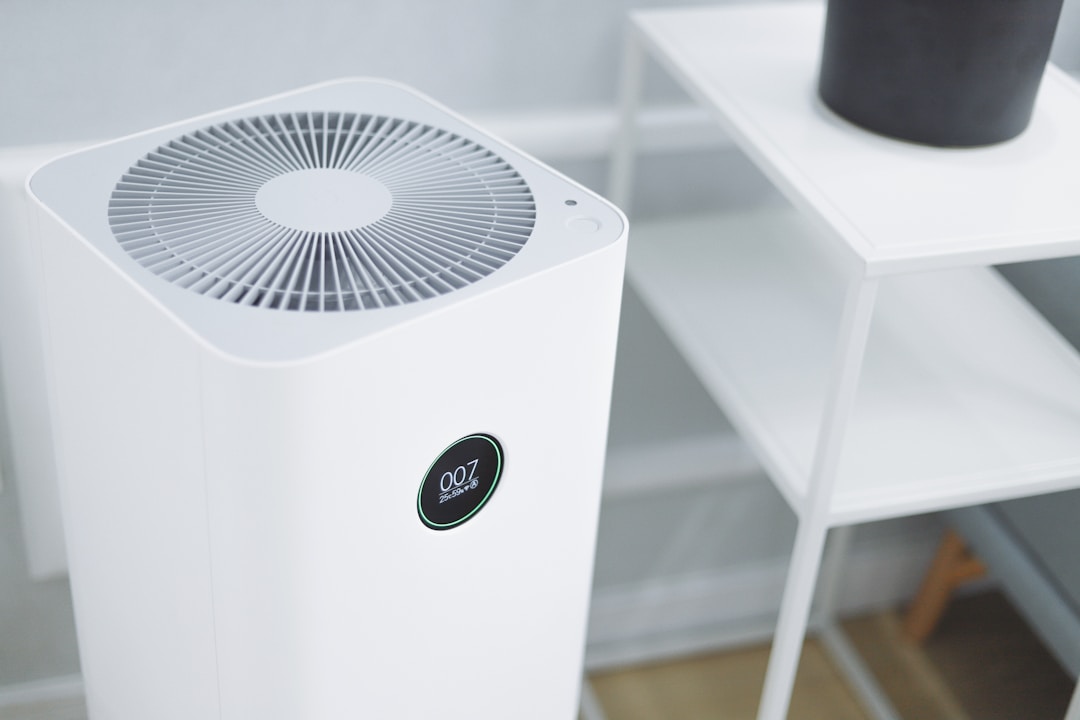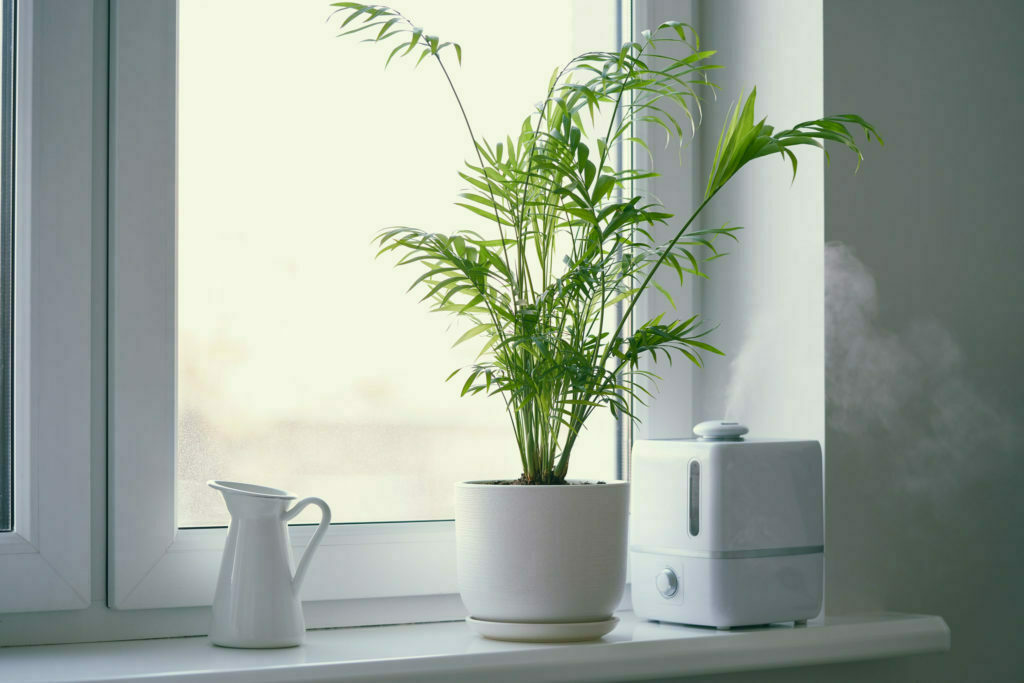We’ve all been spending a lot more time at home lately due to the global pandemic caused by COVID-19. However, it can be difficult to stay at home if the environment is uncomfortable. The humidity level in your home plays a major role in how you feel when you’re inside and can also affect the overall indoor air quality in your home. Humidity can be a particularly irritating problem if you live in a part of the country that receives humid weather regularly, but there are still plenty of ways to address the issue. Keep reading if you need help achieving a comfortable humidity level in your home.
How can you keep the humidity level in your home comfortable?

Fortunately for homeowners, maintaining a comfortable humidity level at home is easy if you know what to do. Simply put, humidity is the amount of moisture in the air. For most people, 30 to 50 percent humidity is a comfortable range. The location of your home, circumstances, and the weather can all affect the humidity level indoors. If your home is too humid, the best thing to do is to purchase a dehumidifier. You can also install a humidifier if the air in your home is too dry. An HVAC professional can provide you with more information on what your next steps should be.
Proper HVAC maintenance is necessary to maintain air quality at home. Preventive maintenance will ensure that your HVAC system operates at peak efficiency and reduce the likelihood that you’ll have to deal with an unexpected, costly breakdown. Your HVAC unit’s filter should be changed at least once every 90 days, though some people prefer to change theirs out as frequently as once per month. The unit should also be fully inspected at least once a year. If you’re having problems with a unit that’s over a decade old, it may be time to consider a replacement.
What else can you do to improve overall air quality?

Using a humidifier or dehumidifier is the most effective way to achieve your desired humidity level, but there are also other things you can do to improve the overall quality of the air inside your home. Many people also don’t realize that moisture can get into your home through cracks and crevices in your windows and doors. Inspecting them on a regular basis and being proactive about repair and replacement are essential if you want control over your home’s indoor climate. These cracks and crevices can also let in contaminants, allergens, and pests from the outdoors, so you should address any issues with the condition of your windows as soon as possible.
Smaller lifestyle adjustments can also make a difference in indoor air quality. Experts recommend practicing good indoor hygiene. This includes vacuuming at least once or twice per week with a vacuum that has a HEPA filter and laundering items like area rugs and long curtains that can trap and hold onto allergens like pet dander and dust mites. Clutter should also be cleaned up regularly, as it can also hold dust and trigger an allergic reaction in people who are sensitive to it.
There are plenty of ways you can improve the air quality and adjust the humidity levels in your home. A humidifier, or dehumidifier, is usually the most effective way to address the problem. You should also make sure your HVAC system is in good working order, as your HVAC system is often your first line of defense when it comes to maintaining a comfortable indoor climate. If you’re having issues with moisture in your home, you might want to check to see if your windows have any cracks or crevices that could be worsening the issue.






